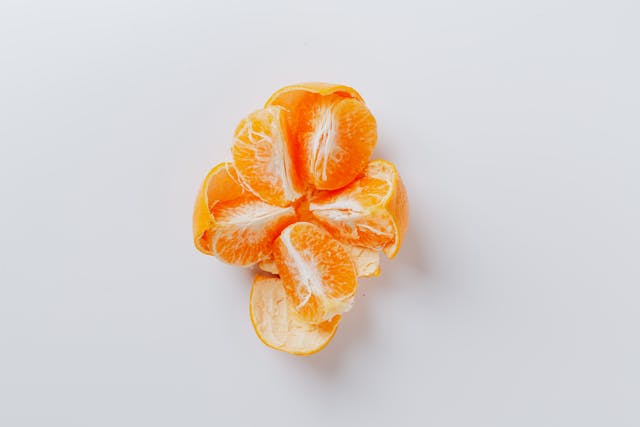Revolutionary findings disclosed in the Journal of Agricultural and Food Chemistry propose that the solution to a healthier heart could be found within the discarded orange peels residing in your kitchen trash.
Phytochemicals in orange peels could help heart health
Research suggests that improving heart health could involve utilizing overlooked resources in the kitchen. Heart disease is a serious concern, ranking as the leading cause of death in the United States. Scientists have found a significant connection between certain gut bacteria residing in our digestive system and their potential impact on heart health.
Certain bacteria in our bodies feast on nutrients in our food, producing trimethylamine N-oxide (TMAO) during digestion. High TMAO levels, as discovered by researchers at the Cleveland Clinic, can predict future heart issues. Yu Wang and researchers at the University of Florida are investigating this phenomenon, focusing on orange peels rich in phytochemicals, with funding from the U.S. Department of Agriculture.
The team hypothesized that extracts derived from orange peels could potentially lower the synthesis of TMAO and its precursor, trimethylamine (TMA). To investigate this hypothesis, they separated the compounds from the peels into polar and non-polar fractions. To simplify this concept, Wang illustrated it using a salad dressing analogy, akin to revisiting basic chemistry principles from high school.
Feruloylputrescine inhibit TMA producing enzyme
Wang explains that if one were to envision salad dressing, the components within the water or vinegar portion constitute the polar fraction, while those within the oil, distanced from water, represent the non-polar fraction. Although the solvents utilized may not precisely mimic water and oil, they exhibit comparable polarity characteristics.
Special solvents were used to separate polar and non-polar fractions from orange peels. The non-polar fraction effectively neutralizes harmful chemicals. In the polar fraction, a compound called feruloylputrescine was discovered, which inhibits the enzyme responsible for producing TMA, a precursor to TMAO. This finding suggests potential health benefits for cardiovascular disease prevention. This discovery unveils a hidden superhero in orange peels with significant implications for heart health.
The study suggests that orange peels can be reused as beneficial health-promoting components, like dietary supplements or food additives.


